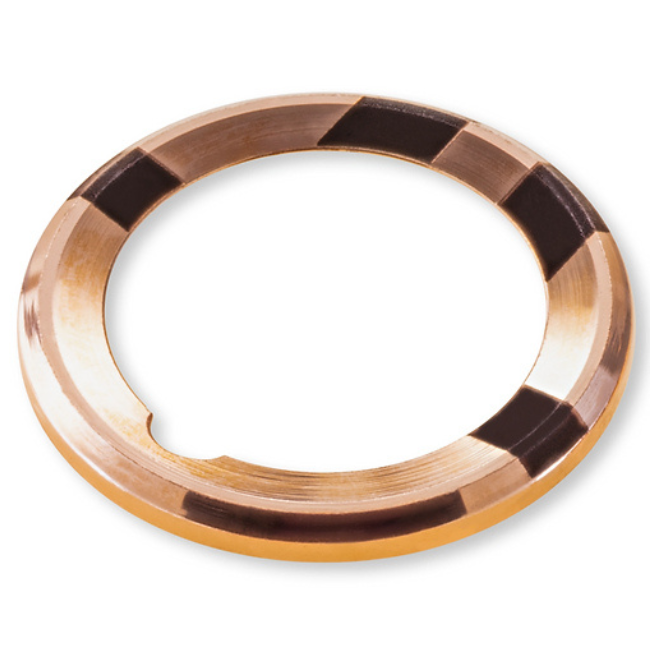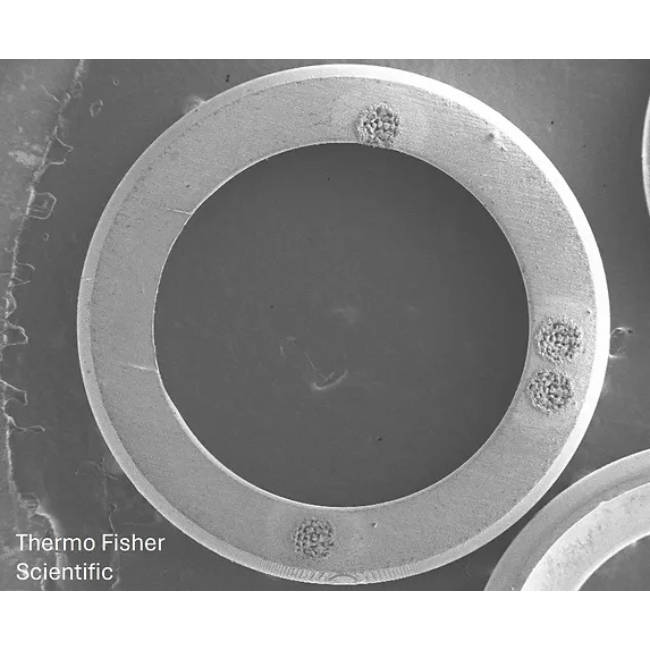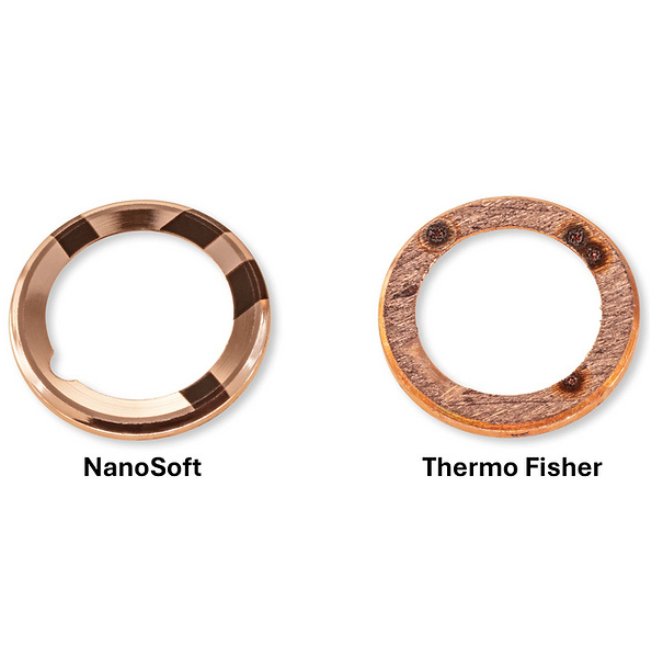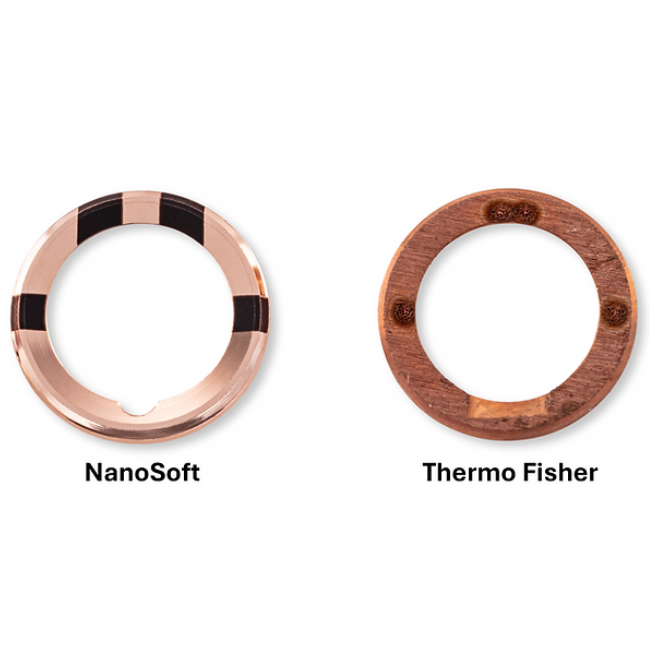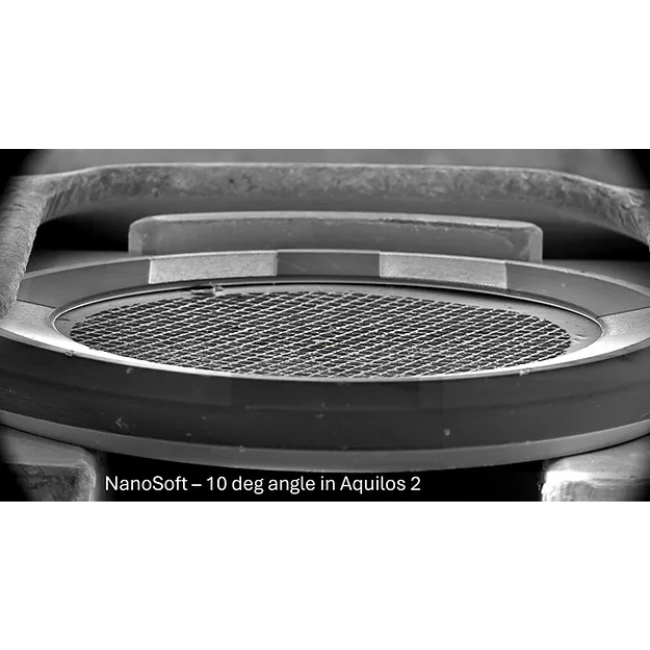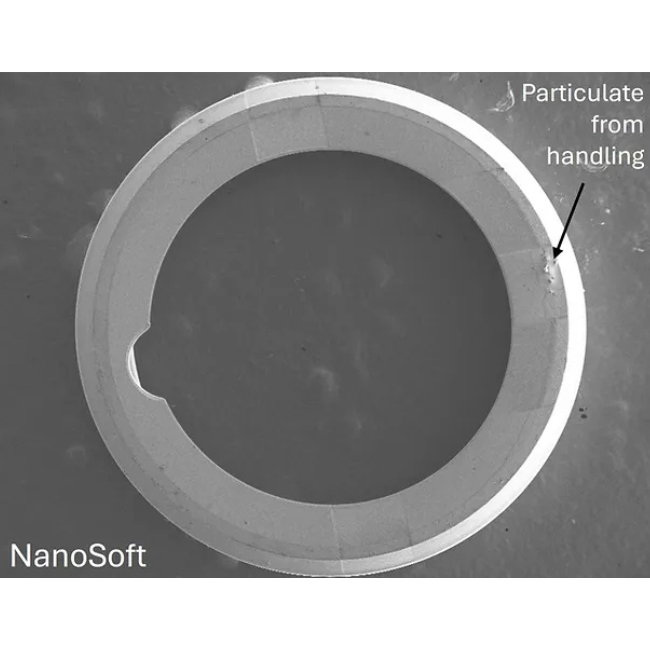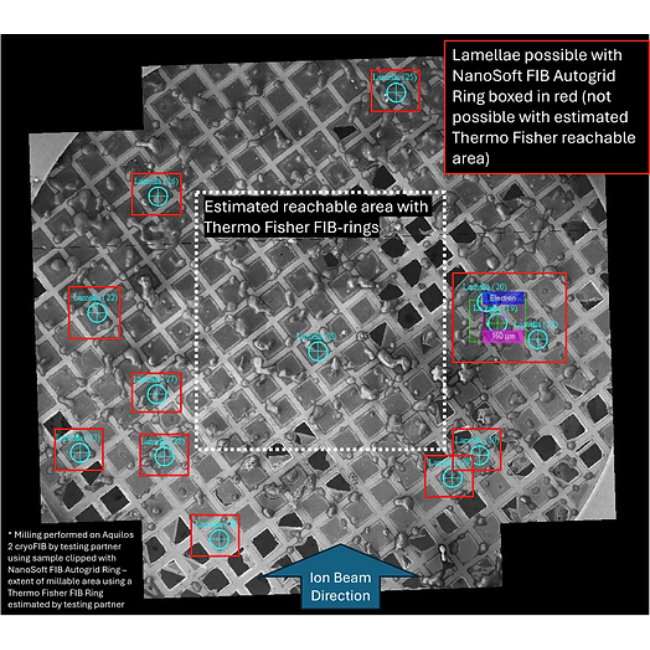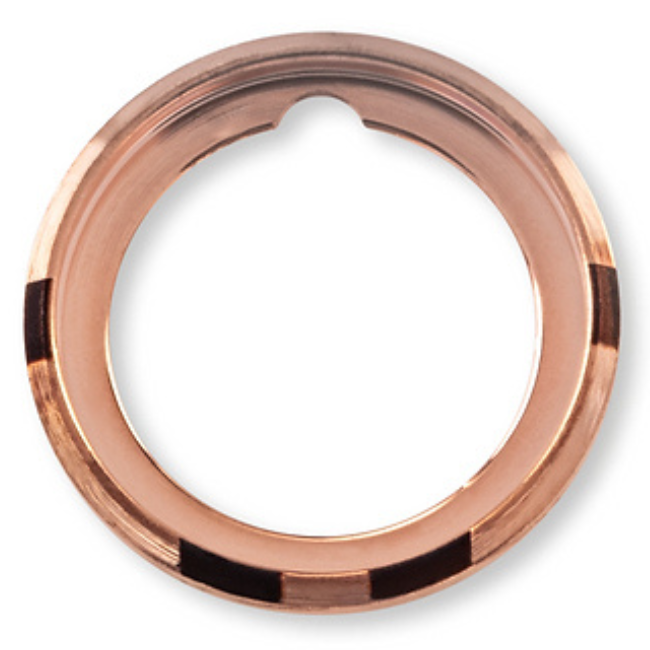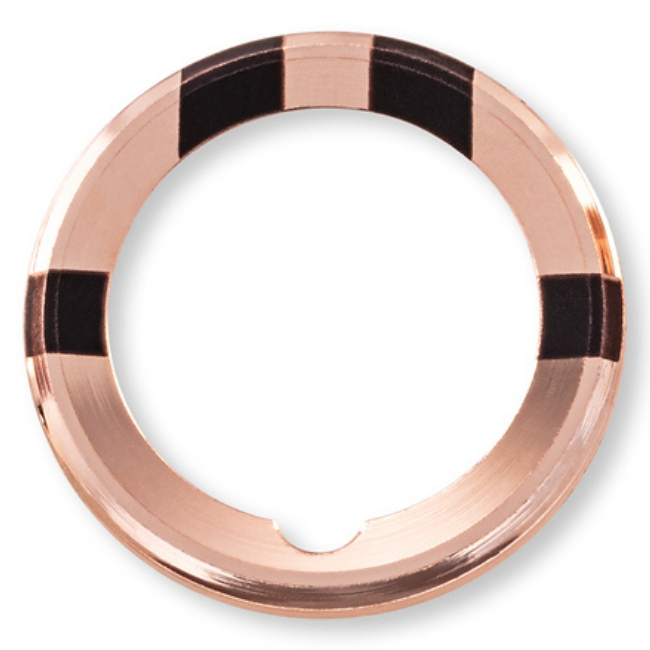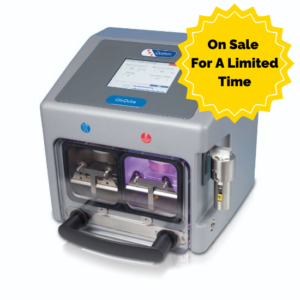FIB Autogrid Rings and C-clips
New from Nanosoft, FIB Autogrid Rings. The patented (pending) FIB Autogrid Ring design offers major technical and usability improvements over Thermo Fisher Scientific’s FIB ring. NanoSofts FIB Autogrid Ring provides a significant increase in the area of your grid accessible for milling with the ion beam, relative to the TFS FIB ring. Sold in packs of 100. Additional benefits are listed below.
Product Information
Additional benefits of the Nanosoft FIB Autogrid Rings are:
Instead of a small cut out notch on the back, flat side of the ring to allow for ion beam access for shallow-angled milling, which blocks access to a large portion of the valuable grid, the Nanosoft FIB Autogrid Ring has an angled face around the entire circumference on the "backside", providing this incredible increase in accessible area, allowing you to reclaim valuable sample/cells on your grid.
Furthermore, whereas many people have resorted to manually marking the TFS FIB ring with a marker, due to the poor visibility of their markings used to orient the ring, the NanoSoft FIB Autogrid Ring has marks with excellent contrast, making correct orientation by eye incredibly easy. Additionally, the NanoSoft FIB Autogrid Ring has matching marks on the "top face," so you can see the orientation of the ring when clipping a grid.
Nanosoft FIB Autogrid Rings are manufactured with the same cutting-edge manufacturing techniques as Nanosoft "regular" Autogrid Rings, resulting in similar top-quality, incredibly reliable, and consistent parts. Furthermore, Nanosoft uses the same quality and inspection processes, including that every FIB ring gets checked individually by eye by their experts before being shipped to customers.
The FIB Autogrid Rings are sold in packs of 100.
The 3 major differences you'll notice about Nanosoft rings:
- Markings: significantly higher contrast, darker marks on both the bottom and top faces of the FIB ring (the double spot pattern at 12 o'clock is mirrored on the top and bottom), making orientation much easier.
- Angled Face: instead of having one "notch" area that is cut out of the bottom, flat surface at an angle for shallow angled FIB milling, the entire bottom face of the FIB ring is angled. Functionally, FIB milling remains the same, but there is better beam access to the grid, resulting in a larger area of the grid available for milling - less "lost" area on the grid and more precious cells able to be imaged.
- Small Notch on Inner Diameter: this is used in the Nanosoft production process. It can be used for orienting the ring in the clipping station before the grid is placed, but is then covered by the grid (this is a secondary benefit - it's main use is just for Nanosoft production)
You may also like…
-
GloQube Plus Glow Discharge System for TEM Grids
The GloQube™ Plus is the first-of-its-kind compact, easy to use, stand-alone glow discharge system. The...

